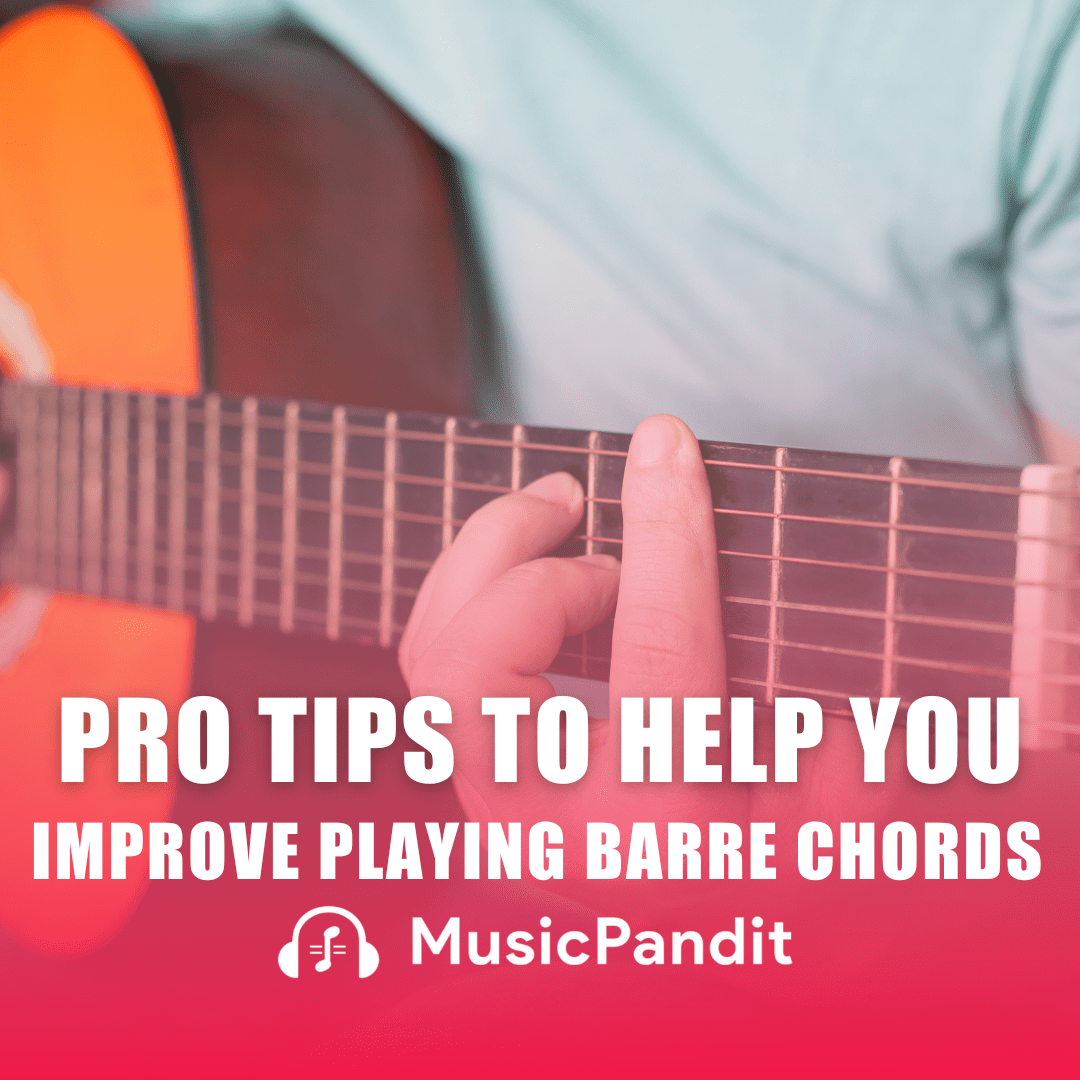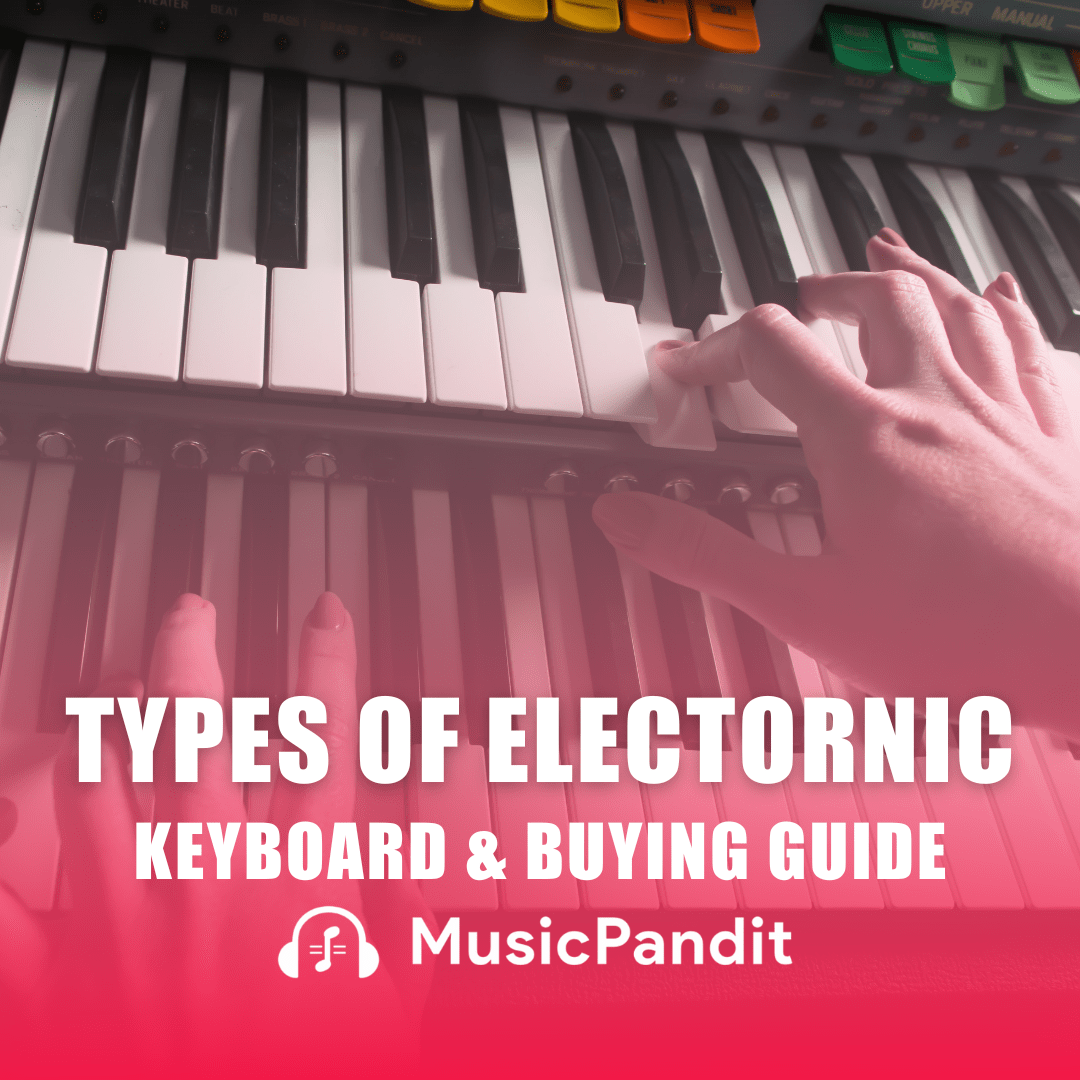If you are thinking about learning to play the keyboard, it can be quite daunting to look at all those buttons and settings on the electronic instrument. How do beginners navigate around the many settings, functions, and buttons? In this article, we will unravel the mystery so that learning to play the keyboard will become an exciting journey.
So, whether you’re a complete beginner or have some experience in handling this electronic instrument, understanding the keyboard’s anatomy is essential for all. In this comprehensive guide, we will explore the various components of a keyboard, from keys and octaves to essential terminology. By the end of this article, all beginners will have a solid foundation to embark on their keyboard-playing adventure.
The Basics: What is an Electronic Keyboard?
Before diving into the intricacies of keyboard anatomy, let’s understand what an electronic or digital keyboard instrument is. An electronic keyboard is a musical instrument that consists of a set of keys, each representing a specific note or pitch. These keys are used to produce musical sounds by pressing them individually or in various combinations.
There are different types of electronic keyboards, including digital pianos, synthesisers, arranger / workstation keyboard and midi keyboards. Each type has its unique features, but they all share a common keyboard layout and basic components.
Parts of a Keyboard
Keys and their Layout
The keyboard’s most visible and essential components are the keys themselves. Keys are divided into two categories: white keys and black keys. White keys are the larger, rectangular keys that form the majority of the keyboard. There are seven white keys named after the first seven letters of the alphabet: A, B, C, D, E, F, and G. These keys represent the basic musical notes.
In contrast, the black keys are smaller and narrower, positioned between the white keys. These keys are named after the white keys they are closest to and are also referred to as “sharps” or “flats.” For example, the black key between the C and D white keys is called C# (C sharp) or Db (D flat).
Then there’s octaves. Understanding octaves is crucial when learning to play the keyboard. An octave is a musical interval between two notes that have the same letter name. For example, if you start with a C note and move up to the next C note, you have completed one octave.
On a standard keyboard, there are multiple octaves represented by the white and black keys. Typically, there are 88 keys on a full-sized piano keyboard, encompassing multiple octaves. This arrangement allows you to play a wide range of musical notes and melodies.
Let’s talk about the Middle C, which is a pivotal point on the keyboard and serves as a reference point for many musicians. It is the C note located roughly in the centre of the keyboard. Understanding the location of middle C can be immensely helpful when reading sheet music and learning to play melodies and chords.
Keyboard Layout
If you are interested in reading sheet music, it’s essential to understand the layout of the keyboard in relation to the grand staff. The grand staff is a combination of the treble clef and the bass clef, used to notate music for piano and other keyboard instruments.
The treble clef, represented by the G clef symbol, is typically played with the right hand and covers higher-pitched notes, while the bass clef, represented by the F clef symbol, is played with the left hand and covers lower-pitched notes. Together, these two clefs encompass the entire keyboard range.
Key Patterns
To navigate the keyboard efficiently, it’s helpful to recognize a pattern among the white keys. The pattern of two black keys followed by three white keys, followed by another two black keys, and so on, repeats across the keyboard. This pattern allows you to quickly identify notes and their positions.
Black keys also follow a repeating pattern. If you observe closely, you’ll notice that there are groups of two and groups of three black keys. These patterns are crucial for understanding how sharps and flats relate to the white keys. The black key immediately to the right of a white key is its sharp, while the black key to the left is its flat.
Switches
Most electronic keyboards, at least the simpler ones, have switches present under each key. When you press the key it connects to a circuit that triggers the tone generation. In most of the electronic keyboards there is a keyboard matrix circuit wherein there are 8 rows and 8 columns of wires that cross and these wires can provide 64 crossings in total. Now, the keyboard controller scans these to determine which key is pressed.
In more advanced electronic keyboards there are usually two sets of slightly offset switches for each key. Through the determination of the timing between the activation of the first and second switches, the velocity of a key that is pressed can be determined. In high-end electronic keyboards, each key is equipped with a dedicated circuit that provides polyphonic aftertouch.
Sound Production
Now that we’ve covered the keys and their layout let’s delve into how sound is produced on a keyboard. In acoustic pianos, pressing a key causes a felt-tipped hammer to strike a string inside the piano, creating sound. In contrast, digital and electronic keyboards use various technologies to produce sound, such as synthesised tones or recorded samples of acoustic instruments. Basically, you will find a digital sound module within an integrated Read-only memory (ROM). This enables the production of electronic sounds.
In most electronic keyboards, you will find an amplifier and speakers. There is an internal audio power amplifier (typically ranging from 5 to 20 watts) connected to the sound generator chip. The amplifier is further connected to small, low-powered speakers that transmit the generated sounds. There is a dedicated volume control knob for keeping the sound in check.
Understanding the sound mechanism is essential, as it impacts the nuances and expressiveness you can achieve while playing. For instance, some keyboards offer features like touch sensitivity, which means that the harder you press a key, the louder the sound produced, mimicking the dynamics of an acoustic piano.
User Interface System
On most electronic keyboards there is a user interface system that usually includes an LCD screen. You can see all the information about the sound selected, tempo, or effects that are activated including other features.
Usually, there are several controllers (faders, pitch shifters) and buttons that enable the user to select different instrument sounds, digital effects and other features, such as transposition, accompaniments, sequencer, recording, external media, etc. Normally, a computer generated program is added to a chip (processor) which handles user interaction with controllers.
Connections
Most modern electronic keyboards need a power supply and they usually come with a separate AC adapter. Some beginner keyboards can run on battery as well.
Some of the high end electronic keyboards have MIDI connections for data communication. With the help of these terminals you can connect your keyboard to either a computer or another electronic musical instrument or a sound module. It can be used as a MIDI controller.
However, not all electronic keyboards have MIDI terminals and connectors. This component is usually missing in the beginner models. You will find a USB connection instead. This serves as both input and output in a single connection.
Storage
In some models of electronic keyboards, there is also a small amount of onboard memory for storing MIDI data and/or recorded songs.
There might be an option for connecting an external storage device. This is mostly seen in professional-grade keyboards and synthesisers. Data can be stored externally in the connected storage media device such as memory cards and USB flash drives.
Other Parts
You will also find a sustain pedal which is a foot-operated accessory found on most keyboard instruments. When pressed, it sustains the sound of the notes played, allowing them to ring out even after releasing the keys. This effect is similar to the sustain of notes on an acoustic piano. The sustain pedal comes separately and has to be plugged into the keyboard.
Then there is the keyboard stand which is used for holding the instrument in one place. The stand is mostly made of metal and is usually removable and foldable to facilitate transportation.
Learning Resources
In the digital age, a wealth of tutorials and online keyboard courses are available to help anyone interested in learning the keyboard. Dedicated online learning platforms offer lessons for beginners and advanced players alike. Students also get access to sheet music that provides a structured way to learn and play songs on the keyboard.
In any case, there are countless books and digital resources that cater to various musical genres and skill levels. Learning to read sheet music is a valuable skill for any keyboard player.
Conclusion
Understanding your instrument’s anatomy is the first step in mastering any instrument. Therefore, if you are a beginner keyboard player, you should know your instrument closely. This blog will help you gain valuable insights into the components and terminology of the keyboard. To recap, you’ve learned about white and black keys, octaves, the importance of middle C, and the layout of the grand staff. You also have a basic understanding of how sound is produced, including the role of sustain pedals.
All in all, knowing the keyboard anatomy is just the beginning of a student’s musical adventure. With practice, perseverance, and a hunger for knowledge, learners will further discover the limitless possibilities that the keyboard offers. Happy playing!














